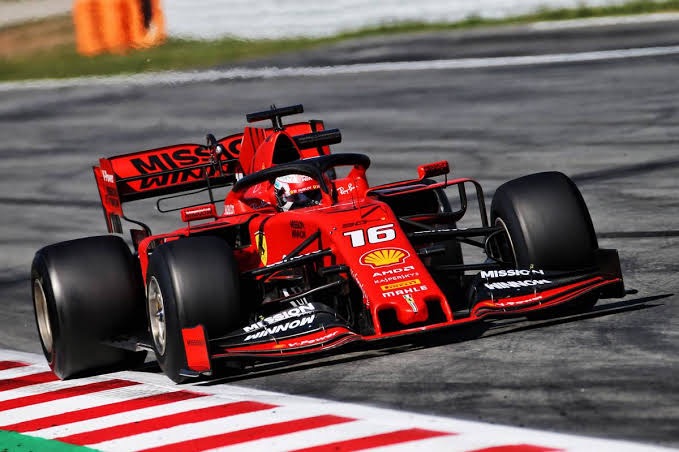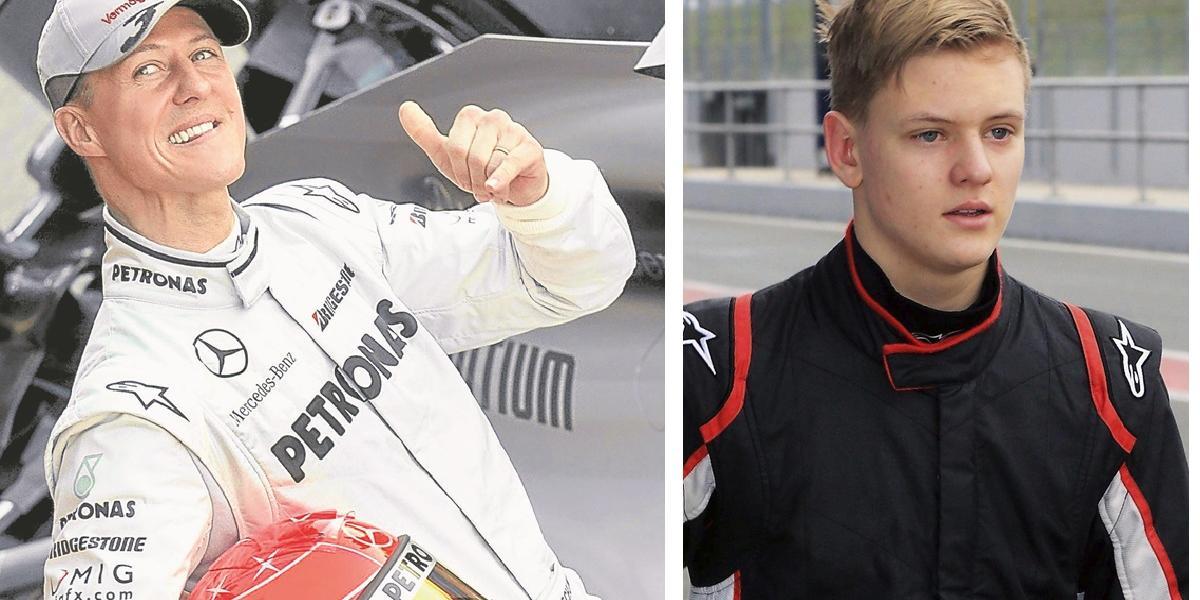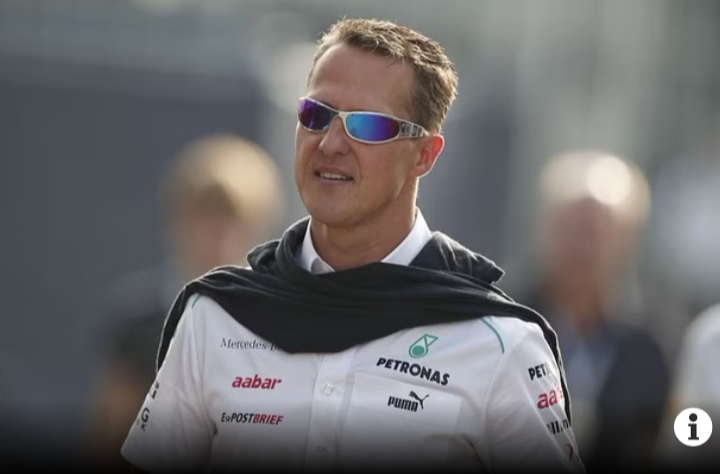Ferrari remains unconvinced that McLaren’s remarkable performance surge in Formula 1 this season is solely due to its new state-of-the-art wind tunnel. The team’s recent dominance has led many to speculate about the role of their upgraded facilities, but Ferrari’s performance engineer, Jock Clear, believes there’s more to the story than just equipment.
McLaren’s MCL38 has been a revelation on the track, transforming the team from being just another contender into a formidable force regularly challenging for race wins. Since introducing a major upgrade package at the 2023 Austrian Grand Prix, McLaren has seen both Lando Norris and Oscar Piastri rise to the top of the pack, turning in consistently strong performances. They are currently sitting 41 points ahead of Red Bull in the Constructors’ Championship, putting them on the brink of their first title since Mika Hakkinen and David Coulthard led the charge in 1998.
At the core of McLaren’s performance revolution has been its upgraded wind tunnel, housed at their McLaren Technology Centre. This facility underwent a complete overhaul, with the old wind tunnel being gutted and replaced with state-of-the-art technology. McLaren’s bold investment in modernizing this crucial tool has paid off, helping the team optimize its aerodynamic package and enhance the overall performance of the MCL38.
It’s not just McLaren that has invested heavily in wind tunnel technology. Aston Martin has built an entirely new wind tunnel from the ground up, and Red Bull is also looking to upgrade its facility, which dates back to the Cold War era. With wind tunnels being such a critical element in car development, it’s easy to understand why McLaren’s success has been attributed, in part, to their new equipment.
Ferrari, however, has not followed this trend. Their wind tunnel remains unchanged, leading to questions about whether this decision could be hindering their ability to keep pace with their rivals. Yet, despite the apparent technological gap, Jock Clear doesn’t believe McLaren’s performance advantage is simply down to its new wind tunnel.
When asked if McLaren’s wind tunnel upgrade was the key to their performance leap, Clear responded with a mixture of humility and confidence. He admitted that he didn’t have all the answers but stressed that McLaren’s success this season was not solely tied to their wind tunnel. “I honestly don’t know the answer to that,” Clear remarked, while speaking to the media, including RacingNews365. “But I generally have a reasonably good big picture of what is going on, just because of my experience.”
Clear pointed out that while wind tunnel fidelity and the age of Ferrari’s equipment could be factors, there was no clear evidence that McLaren’s new wind tunnel was the main contributor to their current form. Instead, he credited McLaren for simply executing their development plans well this season. “I wouldn’t like to say that that is where McLaren’s performance is coming from. They’ve just done a good job this season,” he added.
Despite McLaren’s strong performances, Clear noted that Ferrari has been able to close the gap in recent races. Ferrari’s development process has allowed them to remain competitive on certain tracks, even if McLaren continues to excel on others. Clear believes this dynamic highlights the push and pull of F1 development, where every team goes through cycles of improvement. He explained, “We’ve closed the gap to a large extent… there are still circuits which suit them, but certainly, over the past couple of races, we’ve closed the gap again.”
Clear’s comments reflect Ferrari’s belief that their current wind tunnel is not holding them back as much as some may think. However, he acknowledged that if the team continues to struggle to match McLaren and other rivals over a more extended period, a broader decision on wind tunnel upgrades might need to be made. Such a move would require significant financial backing, and Clear suggested that Ferrari team principal Fred Vasseur would ultimately have to make that call.
The ongoing debate over the importance of wind tunnel technology versus other aspects of car development, such as engineering talent, race strategy, and tire management, continues to be a hot topic in F1. McLaren’s resurgence in 2023, paired with the team’s investment in cutting-edge equipment, has raised questions about whether other teams, like Ferrari, should follow suit or stick with their current setups.
Ultimately, Ferrari seems content to rely on the strengths of their engineering team and overall development program to stay competitive. Whether this approach will be enough to keep pace with McLaren’s well-oiled machine remains to be seen. However, as Clear noted, Ferrari’s recent improvements show that they are not ready to concede just yet.
While McLaren eyes its first championship in more than two decades, the battle between the top teams is far from over. Ferrari, with its storied history and vast resources, will undoubtedly continue to fight, both on and off the track, as they seek to reclaim their place at the top of Formula 1.




